White tigers are strikingly beautiful animals that have captivated the imagination of people worldwide. Their distinctive white fur with black stripes sets them apart from the more common orange-brown Bengal tigers. However, despite their popularity in zoos and media, white tigers are not a natural phenomenon. Understanding the reasons behind this requires delving into genetics, conservation, and ethical considerations.
The Genetic Basis of White Tigers

The coloration of white tigers results from a genetic mutation. Specifically, it is a recessive allele in the gene responsible for producing pigmentation. This means that both parents must carry the mutation for any offspring to exhibit the white coloration. This genetic peculiarity causes what is scientifically known as a leucistic phenotype, leading to their unique appearance.
White Tigers Are Not Albinos
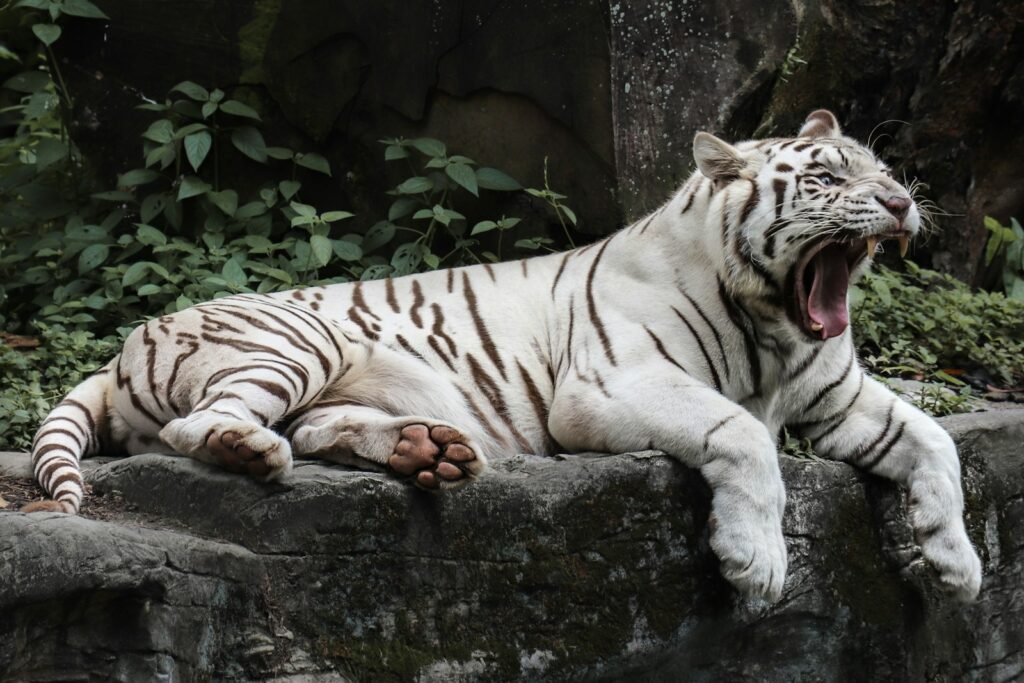
It’s crucial to distinguish between leucism and albinism. Albino animals lack melanin entirely, resulting in a pure white appearance and red eyes. White tigers, however, do have melanin, as evidenced by their pigmented stripes and blue eyes. This difference further underscores the specificity of the genetic mutation involved.
The Role of Inbreeding
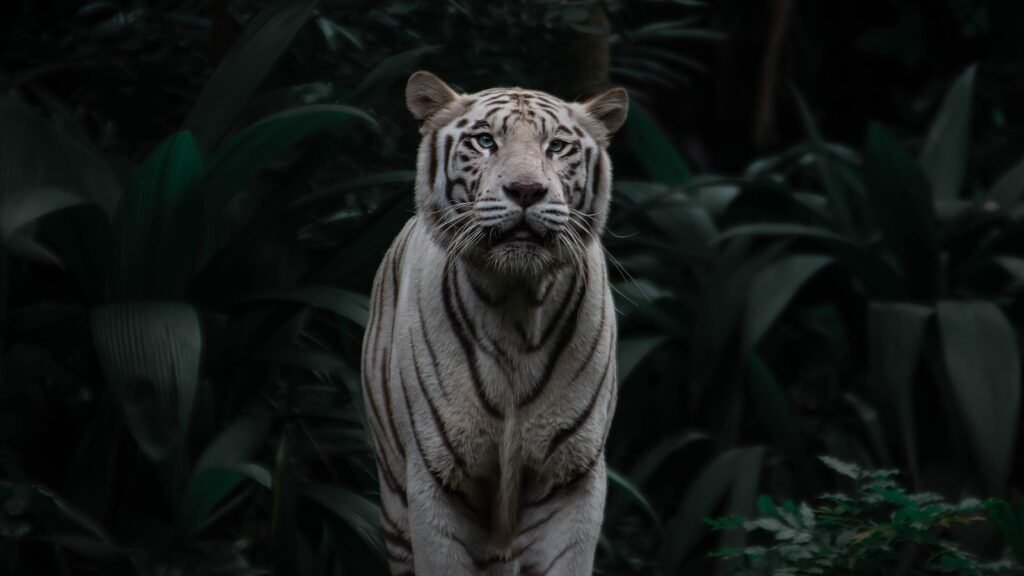
Due to the rarity of the recessive allele, white tigers have generally been produced through inbreeding. This practice involves mating tigers that are closely related genetically to increase the likelihood of both parents carrying the recessive gene. Inbreeding can lead to significant health issues, including birth defects and reduced life expectancy, which raises ethical questions regarding their breeding.
Lack of Presence in the Wild
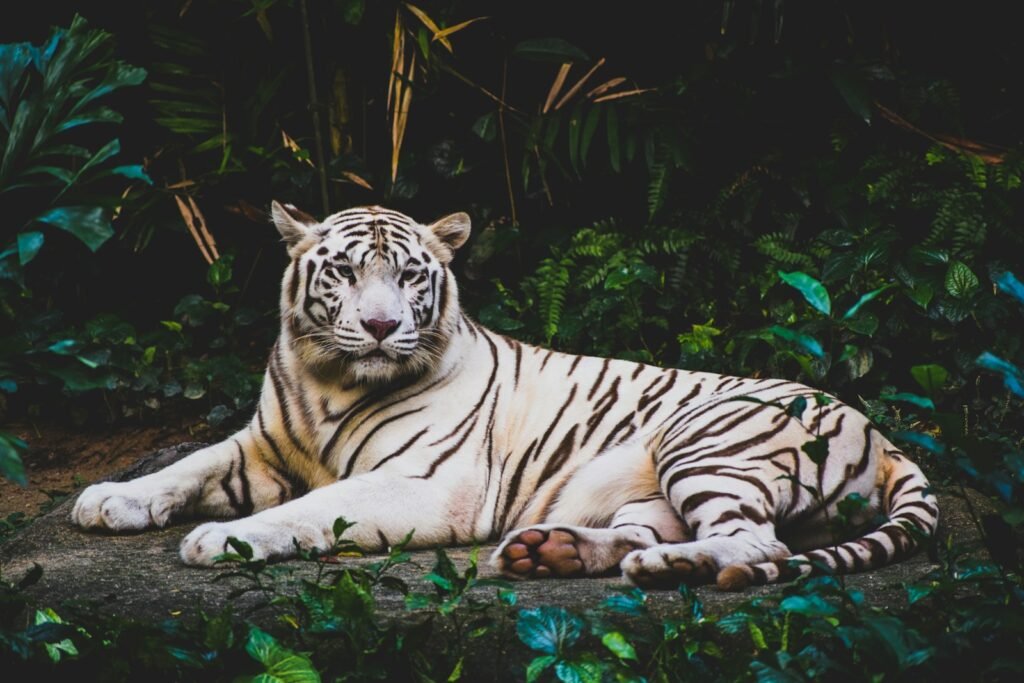
White tigers are not naturally found in the wild. Natural selection favors tigers with orange coloration as it aids in camouflage amidst the foliage and enables more effective hunting and protection from threats. The white coloration would be a significant disadvantage in the wild, where blending in is crucial for survival.
The Famous Mohan Lineage
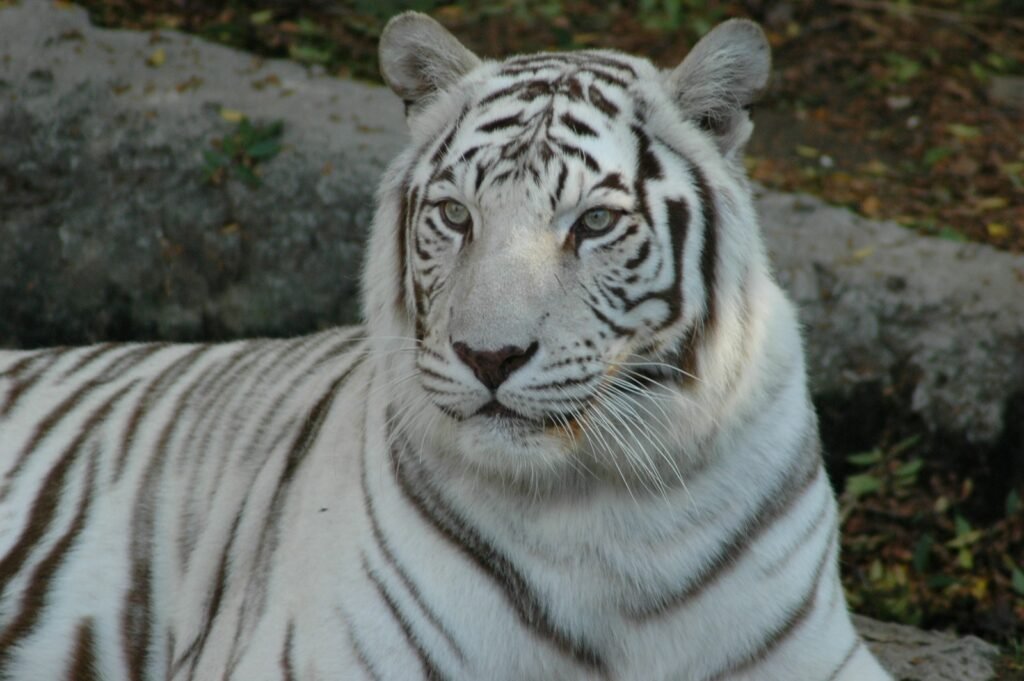
Most white tigers today can trace their ancestry back to a single tiger named Mohan. Captured in India in the 1950s, Mohan was bred extensively in captivity to propagate his unique appearance, making him the progenitor of most of the white tigers found in zoos today. This lineage highlights the role of human intervention in the proliferation of white tigers.
The Impact on Tiger Conservation
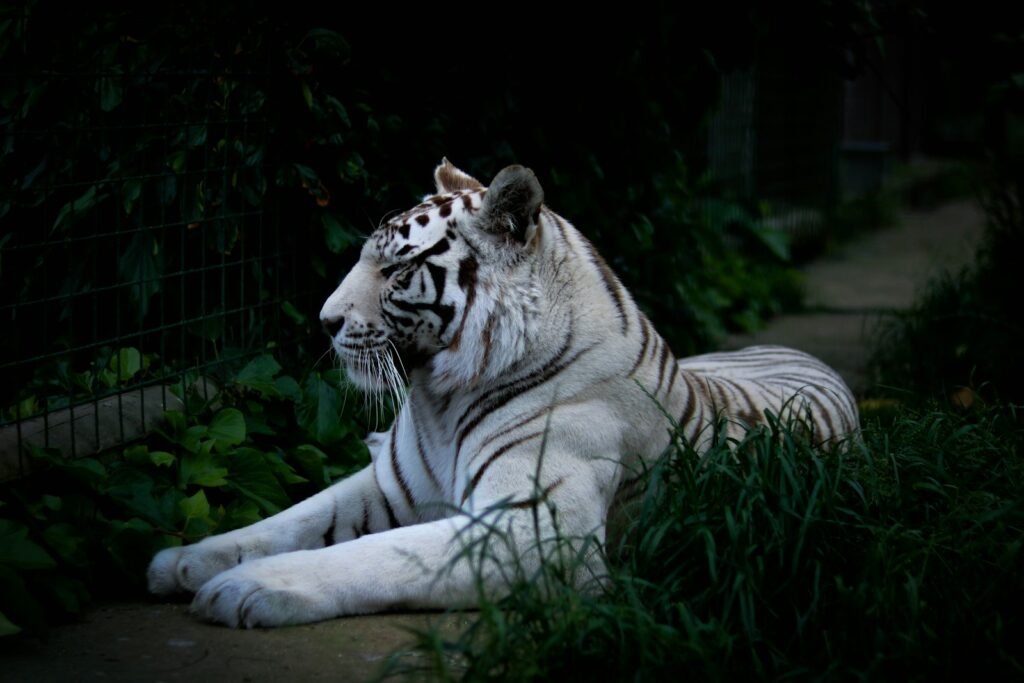
Focusing on breeding white tigers can divert resources and attention away from important tiger conservation efforts. With all tiger subspecies facing significant threats in the wild, conserving their natural habitats and addressing poaching and human-wildlife conflict hold much greater importance than producing an exotic color variant through human intervention.
Ethical Considerations

The practice of breeding white tigers raises several ethical concerns. Breeding for a specific recessive trait through inbreeding often results in significant health problems for the animals involved. Furthermore, the attraction of white tigers may lead to them being treated as exotic pets rather than focusing on their well-being and survival as species.
Cultural and Media Fascination

White tigers have been popularized in various cultural and media representations, leading to increased demand for their presence in zoos. Their striking appearance often overshadows the ethical and conservation issues associated with their breeding and maintenance, creating a cycle of supply and demand driven more by aesthetic appeal than scientific reasoning.
Conclusion: Balancing Fascination and Conservation
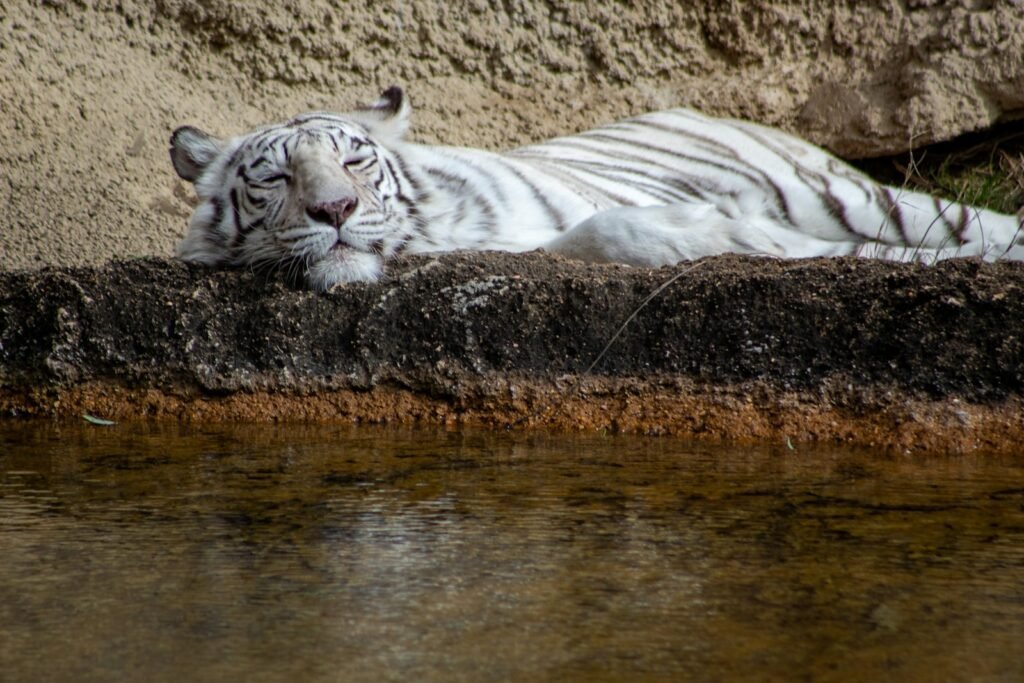
The allure of white tigers is undeniable, but it is integral to understand the broader implications of their existence. They are a product of human intervention rather than a natural phenomenon, and as such, require responsible breeding practices and a balanced focus on conservation. Public awareness and ethical considerations are crucial in ensuring that efforts are directed toward preserving the natural diversity and health of all tiger subspecies.
Hi, I’m Bola, a passionate writer and creative strategist with a knack for crafting compelling content that educates, inspires, and connects. Over the years, I’ve honed my skills across various writing fields, including content creation, copywriting, online course development, and video scriptwriting.
When I’m not at my desk, you’ll find me exploring new ideas, reading books, or brainstorming creative ways to solve challenges. I believe that words have the power to transform, and I’m here to help you leverage that power for success.
Thanks for stopping by, Keep coming to this website to checkout new articles form me. You’d always love it!






